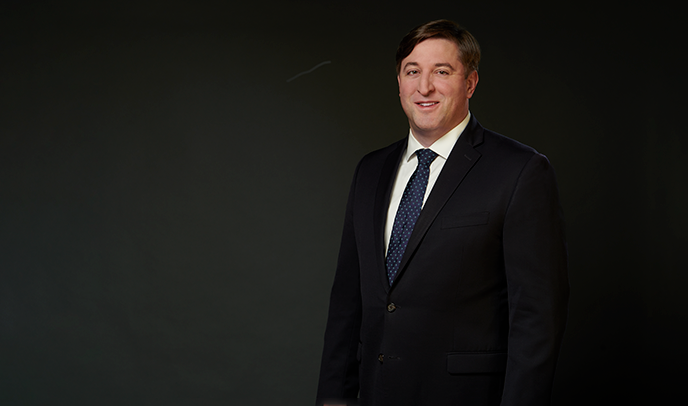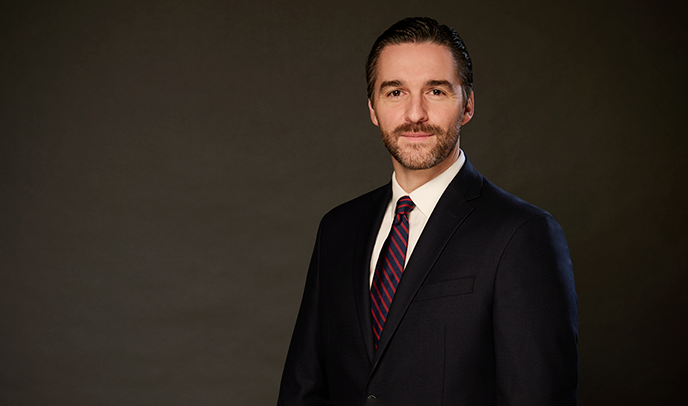Delaware Superior Court Applies Law-of-the-Case Doctrine and Collateral Estoppel to a Prior Chancery Proceeding
Plaintiff and defendants competed as institutional investors in the high-yield municipal bond market. Seeking to impair plaintiff’s standing in the marketplace, defendants made statements to broker-dealers critical of plaintiff. In turn, plaintiff sent defendants a cease-and-desist letter. In response, defendants sent letters to broker-dealers that suggested defendants would not participate in investments with broker-dealers who continued to do business with plaintiff. Plaintiff then filed suit in the Court of Chancery, which held that defendants had committed tortious interference with prospective business relations, but dismissed plaintiff’s defamation claim, and transferred this claim to the Superior Court.
Plaintiff moved for partial summary judgment in the Superior Court on the grounds that the Court of Chancery’s factual findings were binding in the Superior Court action under the doctrines of either collateral estoppel or law of the case. The Superior Court first ruled that the law-of-the-case doctrine applied even after a change in judges and a transfer in courts as long as the action is one continuous action within the same court system. For purposes of law of the case, the prior rulings of the Court of Chancery are treated as if they were made by a Superior Court judge. The Superior Court noted that under law-of-the-case doctrine, there was no meaningful distinction between factual findings and legal conclusions, particularly when the first judge was both fact finder and the presiding judge.
Though applying the law-of-the-case doctrine to the Court of Chancery’s rulings, the Superior Court emphasized that the rulings were not the same as evidentiary conclusions on the elements of defamation, and whether such evidence proves defamation is left to the Superior Court. Thus, the Superior Court still needed to determine the legal impact and consequences of the conduct found by the Court of Chancery on plaintiff’s defamation claim.
The Superior Court held that collateral estoppel applied only to defendants’ statements that the Court of Chancery had analyzed in-depth and that were necessary to the final judgment on tortious interference. Relying on United States Supreme Court and Delaware precedent, the Superior Court ruled that factual findings made by a judge can be binding on a subsequent jury, and that factual findings by the Court of Chancery may be binding in subsequent Superior Court actions. The Superior Court also explained that defendants were not unfairly impacted by application of collateral estoppel to a narrowly tailored set of statements because they already had a fair opportunity to fully litigate those issues. Thus, the Superior Court found that collateral estoppel barred defendants from relitigating the first three elements of plaintiff’s defamation claim, but not the fourth element—i.e., that the third parties understood the communications to be defamatory—because the Court of Chancery had not directly addressed how the recipients had understood defendants’ statements. Discovery on that point was required, as well as on the issue of whether damages had occurred that met the standard for defamation per se. Accordingly, the Superior Court granted plaintiff’s summary judgment motion to the extent of its application of law of the case and collateral estoppel, but ultimately denied the motion as to liability for defamation.





